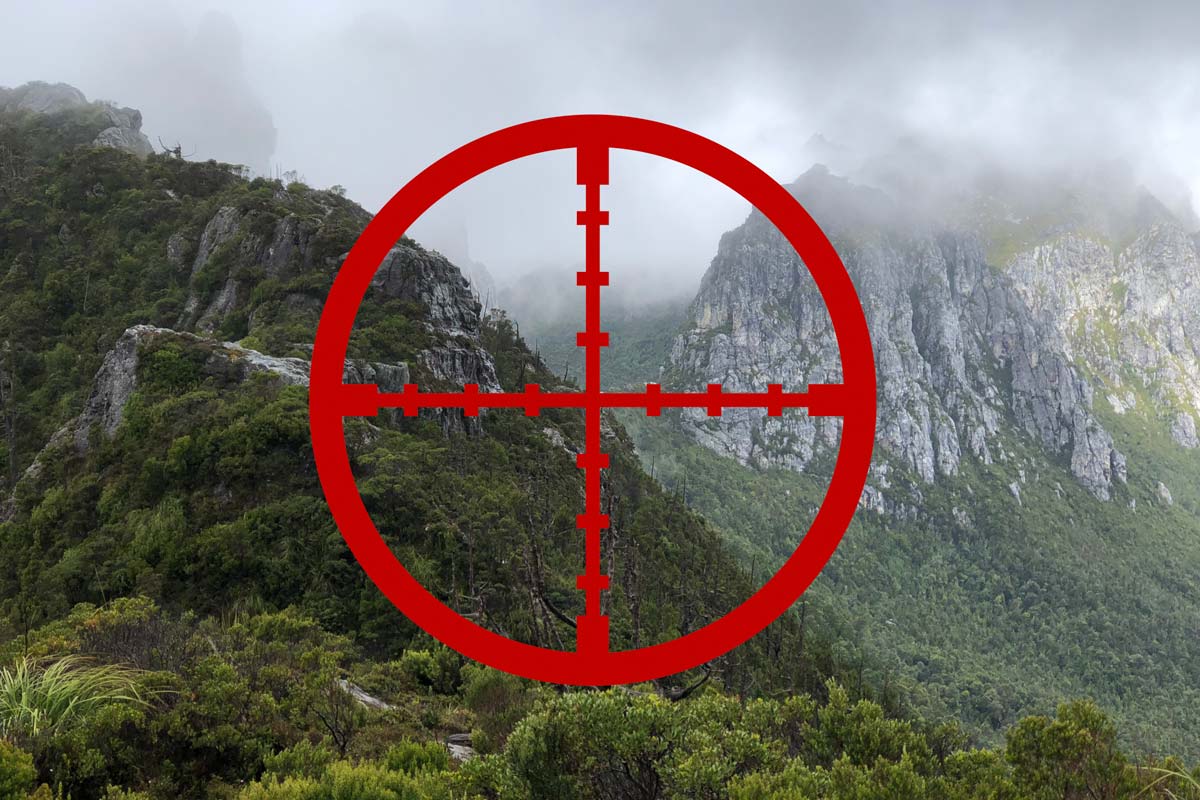The goal of National Parks is to protect natural beauty, biodiversity, and ecosystems, and to promote scientific research, education, and recreation. According to the National Parks Act Preamble (Authorised Version No. 174) ‘WHEREAS it is in the public interest that certain Crown land characterized by its predominantly unspoilt landscape, and its flora, fauna, or other features, should be reserved and preserved and protected permanently for the benefit of the public‘.
However, the attraction of the tourist dollar for land managers and private companies means that many National Parks in Australia are now the focus of economic benefits rather than conservation of these important and often fragile ecosystems.
National Parks are being viewed by Government, Land Managers, and Tourism bodies as self-funding assets, meaning they are expected to generate serious revenue to support park operations, and to contribute to local economic development, major infrastructure development, local employment, and tourism.
But who serves to benefit?
Not the average Australian. It’s all being done to serve the lucrative tourism market and make our wild places more ‘appealing’ and ‘comfortable’ to the cashed-up tourist, seeking a ‘unique experience’.
In recent years, there has been explosive growth in so-called ‘ecotourism’, with large numbers of ‘consumers’ seeking novel and pampered eco-experiences in remote wilderness locations. They do not seek to preserve nature; they seek to use it to accommodate their own needs. Any time something becomes popular, people want to make money off it. Parks for profit does not provide a long-term sustainable future for our natural world.
The National strategy for the visitor economy, THRIVE 2030 states one of its priorities is to “facilitate investment including through appropriate foreign direct investment programs to create new and refreshed offerings, including by governments working to reduce regulatory barriers to appropriate development of visitor infrastructure such as luxury accommodation in natural environments“.
We all need to think beyond our own needs and desires and consider what the future of our parks looks like for generations to come. We need to protect our Wilderness areas and National Parks for future generations to enjoy.


Leave A Comment
You must be logged in to post a comment.